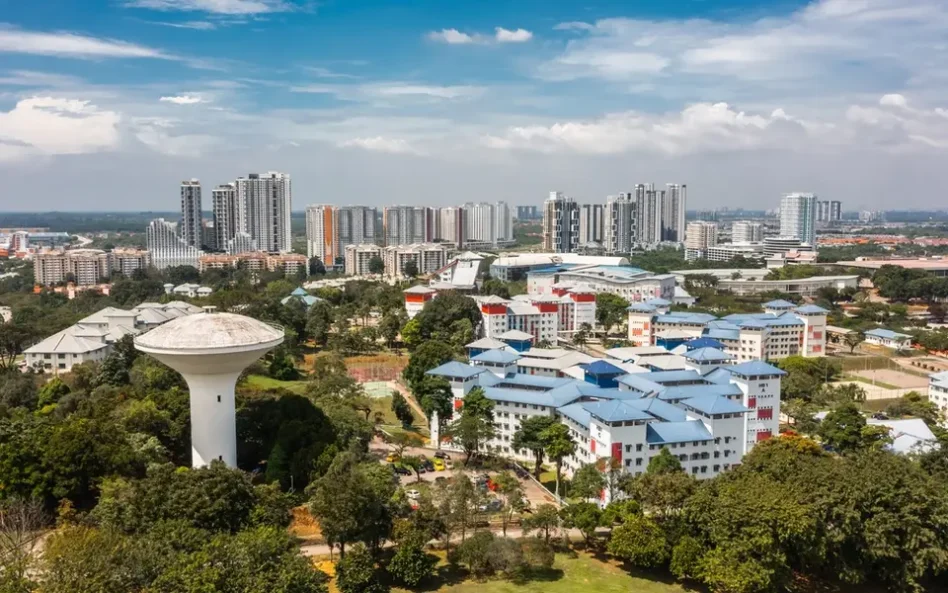THERE are many highly educated, highly paid salary person who have almost no savings yet cannot escape the rat race. They have more money but the same misery. But why is that so?
When we earn more money, it is natural to spend more because we can afford it. We are entitled to treat ourselves with better things since we worked hard for money.
There is nothing wrong to upgrade our lifestyle but problems occur when these spending habits secretly creep up.
What is lifestyle inflation?
Lifestyle inflation happens when one’s income increases over time while one’s expenses are not keeping pace with rising income.
It’s not a problem if one’s savings increase substantially but this is hardly the case. When we get promoted, we will naturally think about what items to purchase or upgrade with our higher income and bonuses.
It can begin from upgrading one-off purchases – eg a designer bag to the luxury version of upgrading to a better car or a bigger house. Anyway, we work hard for it, so we deserve it, right?
The answer is “yes” if only we knew how to control and set a limit but many a time this remains a challenge to most of us.

Secret trap
Lifestyle is the way we choose to live our lives. It reflects our habits, attitude, social status and economic level that together constitute the mode of living.
Lifestyle inflation will only become a stressful problem when we spend too fast relative to our income. We spend all the extra money we are making while there is no additional savings in the form of an emergency fund nor is there money invested to achieve our financial goals.
This problem will blow up when we face difficult financial situations, ie business/economy downturn, retrenchment, pay cut, etc. We need to ask ourselves whether this is the life we want to live in.
Earning higher income but still living from pay cheque to pay cheque? Below are some common lifestyle inflation traps:
- For young working adults
When young adults get the salary, that is the opportunity for them to start living more comfortably and buying things that they previously could not. It is fine to occasionally splurge although over-committing to an expensive car relative to their salary can invite unnecessary financial disaster.
For example, earning RM3,500 but after paying RM1,450 monthly instalment for a Japanese sedan which constitute 40% of take-home pay – and still having to juggle with living expenses – how much is left to build a sufficient emergency fund?
- For family with children
Adulthood comes with expensive milestones, including marriage, owning a house, buying cars and having children. Once our income increases, we are tempted to overspend on better restaurants, enjoying more vacations, enrolling our children in more enrichment classes, etc. That’s how family lifestyle creep eats away our wealth.
It’s our human nature to crave for convenience and comfort. There is nothing wrong if we know how to budget our money efficiently.
Managing lifestyle inflation
First, you need to review your financial plan. What have you accomplished so far? How much is your gap now? If you do not have one, at least do a simple assessment of your current financial health. Are you financially healthy? Or loaded with excessive debts?
Next, you may revisit your existing goal. Ask yourself some questions below:
- With the rising income, are there any changes to your current financial goals?
- What is your desired lifestyle expenditure?
- Would your desired goal materialise faster by allocating more money to it?
- Which goal would you like to prioritise? Which one can be a trade-off?
By now, your new financial future is mapped out and you are able to see the big financial picture. You need to be aware of how lifestyle expenses can impact your long term goal and the money you can splurge by not affecting those priorities.
From here, you will be guided on the amount of money to set aside for serious financial goals. The sensible thing to do is always to fund the ‘serious purpose’ first with the remainder to be spent on lifestyle desires.
Lifestyle financial planning brings clarity to your current and future financial situation while permitting you to spend your money without guilt. It is always a trade-off to balance your short-term wants with long-term needs with the available resources in hand.
However, beware that lifestyle inflation is a silent trap. Therefore, it is better to inflate your lifestyle gradually by having a clear permitted figure on the monthly lifestyle budget so you need not have to downgrade later. – Jan 23, 2022
Cheah Yee Nin, CFP is a licensed financial planner with FA Advisory Sdn Bhd and a Certified Member of the Financial Planning Association of Malaysia (FPAM).
The views expressed are solely of the author and do not necessarily reflect those of Focus Malaysia.









